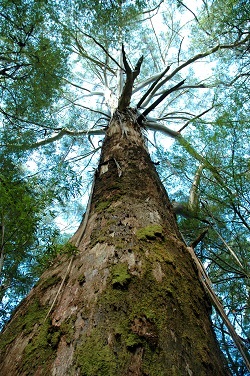 When the choir to which I belong first started rehearsing “The Ash Grove” for a Celtic-themed concert in the spring of 2016, I thought, ‘Wait a minute–that tune is familiar. I’ve played it for church services.’ Turns out I was remembering “The Master Hath Come,” but two other hymns use the same tune, “Let All Things Now Living” and “Sent Forth by God’s Blessing.” Folk tunes are often used with varying lyrics; it’s a little ironic that this particular one made its way into the Christian hymnal, since the words most associated with it have pagan roots.
When the choir to which I belong first started rehearsing “The Ash Grove” for a Celtic-themed concert in the spring of 2016, I thought, ‘Wait a minute–that tune is familiar. I’ve played it for church services.’ Turns out I was remembering “The Master Hath Come,” but two other hymns use the same tune, “Let All Things Now Living” and “Sent Forth by God’s Blessing.” Folk tunes are often used with varying lyrics; it’s a little ironic that this particular one made its way into the Christian hymnal, since the words most associated with it have pagan roots.
The original lyrics have to do with what’s usually called “a sense of place.” As a certain site builds up associations because of events that have happened there, the place itself becomes suffused with meaning. So the speaker says that he sees “a host of kind faces” looking down on him whenever the wind rustles the branches. First are his childhood friends, but they are just a memory. He often roves pensively in the lonely ash grove, at twilight or in the moonlight. Then he meets “the joy of my life,” and builds his home there, while blackbirds and bluebells add to the happy scene.
